Japanese Prime Minister Fumio Kishida is making an official visit to the United States this week. He will hold a summit with President Joe Biden that’s meant to achieve a major upgrading of their defense alliance.
Quick Read
- Japanese Prime Minister Fumio Kishida is visiting the United States for a summit with President Joe Biden, aiming to significantly enhance their defense alliance and address concerns about China’s growing influence in the Indo-Pacific.
- Kishida seeks to showcase Japan’s contributions to the U.S. economy and affirm Japan and the U.S. as global partners committed to maintaining a rules-based international order, emphasizing Japan’s readiness for a greater international security role.
- The visit includes a state dinner and official events, marking Kishida as the fifth state guest of Biden’s presidency and highlighting the U.S.’s focus on Indo-Pacific security partnerships.
- Defense is a top agenda item due to concerns about threats from China, North Korea, and Russia, with discussions expected on modernizing military command structures, defense industry cooperation, and initiatives like Japan’s participation in NASA’s Artemis moon program.
- Since adopting a more assertive national security strategy in 2022, Japan has taken steps to accelerate its military buildup, pledging to double defense spending and acquire “counterstrike” capabilities.
- The visit also features the first-ever trilateral summit between the U.S., Japan, and the Philippines, highlighting maritime democracies’ unity in the face of Chinese aggression in the South China Sea.
- Kishida’s visit includes meetings with business leaders and visits to Toyota’s electric vehicle battery factory and Honda’s business jet subsidiary in North Carolina, highlighting Japan’s economic contributions to the U.S.
The Associated Press has the story:
What’s expected at Japan PM Kishida’s US visit? A major upgrade in defense ties
Newslooks- TOKYO (AP) —
Japanese Prime Minister Fumio Kishida is making an official visit to the United States this week. He will hold a summit with President Joe Biden that’s meant to achieve a major upgrading of their defense alliance.
He will also join a first-ever summit of the U.S., Japanese and Philippine leaders in Washington to showcase their cooperation in the face of an increasingly assertive China.
The Associated Press explains the significance of Kishida’s visit and the two summits.
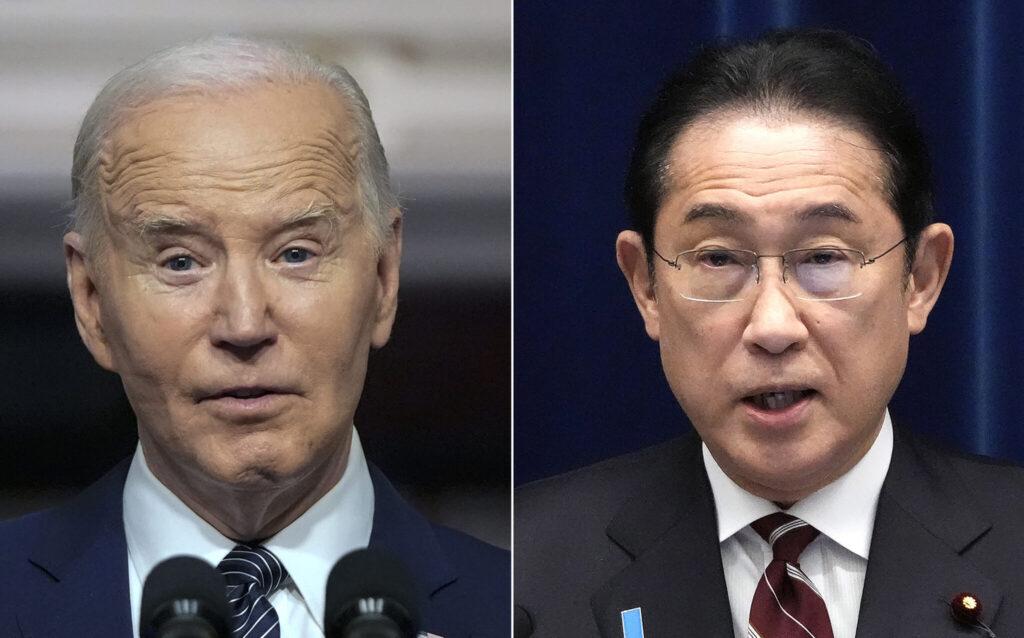
WHAT DOES KISHIDA WANT TO ACHIEVE?
The biggest event during the weeklong trip is his summit with Biden on Wednesday. Kishida hopes to further strengthen the alliance as China’s influence grows in the Indo-Pacific.
Kishida is also reaching out to the American public to showcase Japan’s contribution to the U.S. economy and ensure stable relations regardless of who wins the U.S. presidential election later this year.
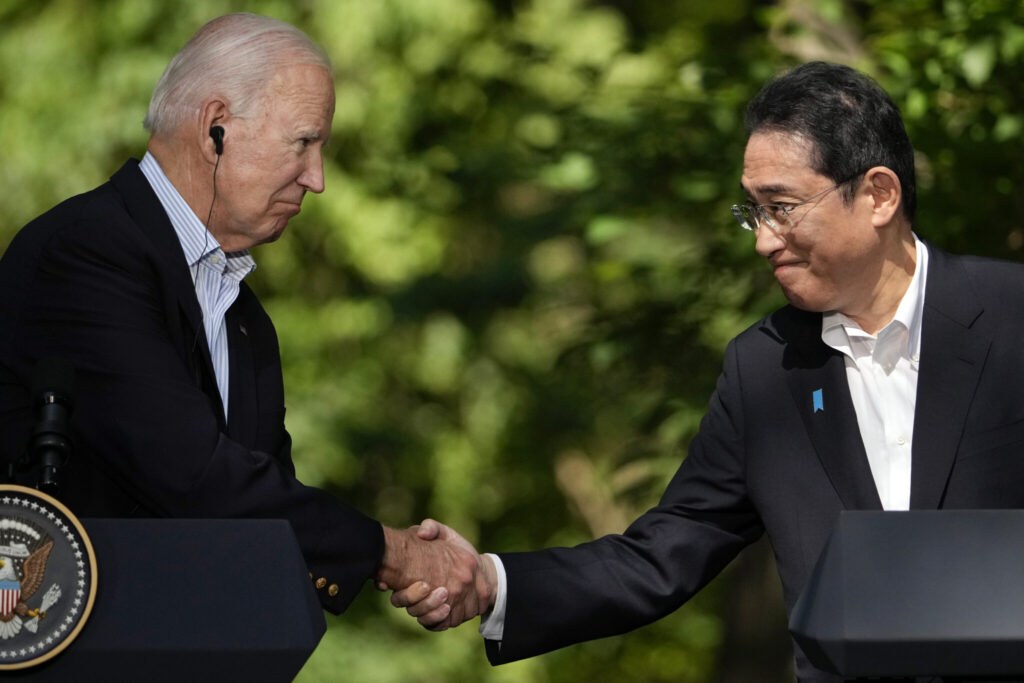
Kishida, who has pushed sweeping changes fortifying Japan’s defense capabilities since taking office in 2021, will emphasize that Japan and the U.S. are now global partners working to maintain a rules-based international order, and that Japan is willing to take on a greater international role in security, economy and space to help Washington.
Expanding arms equipment and technology cooperation between the two countries and other like-minded partners is also highly important, Kishida on Friday told selected media, including AP.
Kishida, stung by a corruption scandal, needs a successful U.S. visit to shore up low support ratings at home.
WHAT IS A STATE VISIT?
As a state guest, Kishida will be welcomed in a White House arrival ceremony on the South Lawn, a formal state dinner and other official events. He is the fifth state guest of Biden, who has also hosted leaders of India, Australia, South Korea and France, underscoring America’s focus on Indo-Pacific security partnerships.
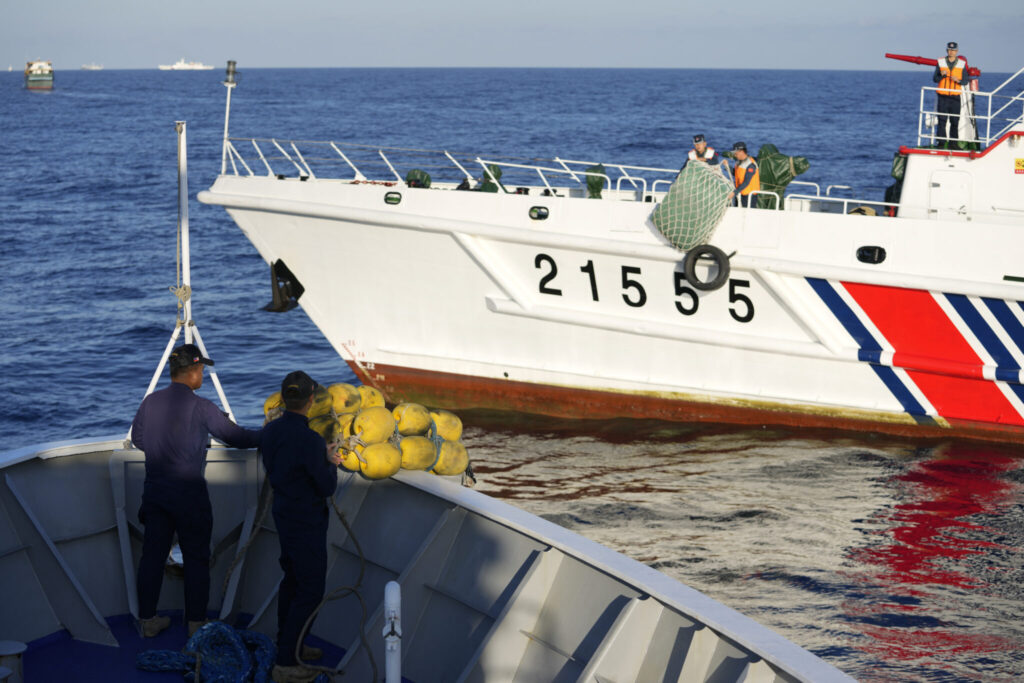
Kishida is the first Japanese leader to make a state visit since Shinzo Abe in 2015. Abe made a major revision to the interpretation of Japan’s pacifist Constitution, allowing its self-defense-only principle to also cover its ally, the United States.
WHY THE DEFENSE FOCUS?
Defense tops the agenda because of growing worries about threats from China, North Korea and Russia. Chinese coast guard ships regularly approach disputed Japanese-controlled East China Sea islands near Taiwan. Beijing says Taiwan is part of its territory and will be brought under control by force if necessary.
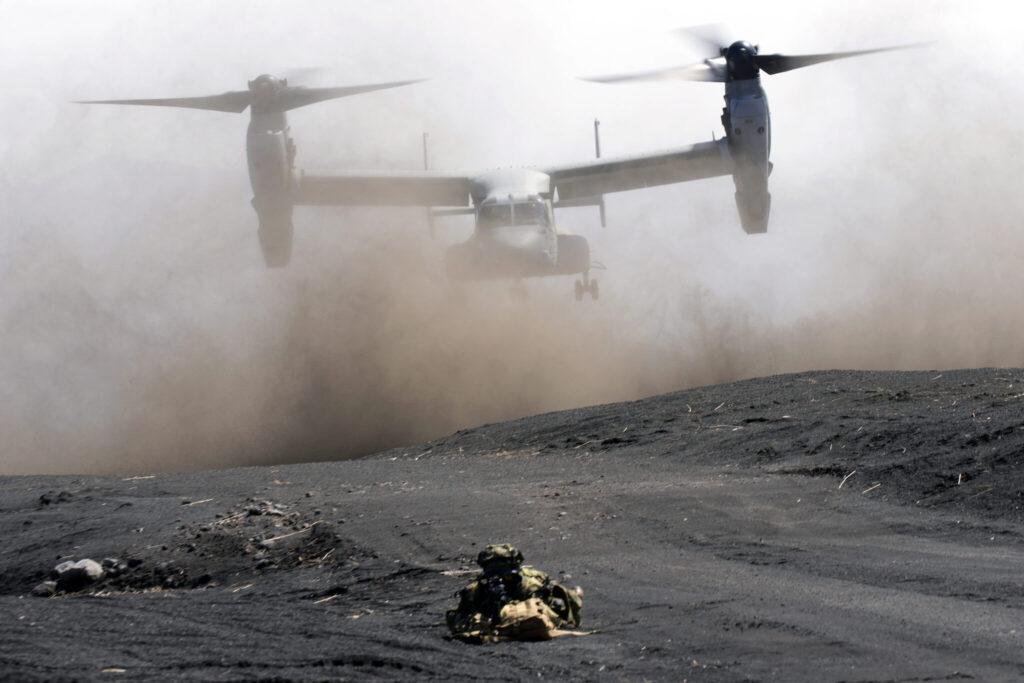
There are also worries about North Korean nuclear and missile threats and Russia’s invasion of Ukraine. Kishida has warned that the war in Europe could lead to conflict in East Asia, suggesting that a lax attitude to Russia emboldens China.
“While we maintain the Japan-U.S. alliance as a cornerstone, we believe it is important to cooperate with like-minded countries, including the Philippines,” Kishida said.
WHAT ARE THE SUMMIT’S MAIN ISSUES?
Biden and Kishida are expected to agree on a plan to modernize their military command structures so they can better operate together. America stations 50,000 troops in Japan. The Japanese Self Defense Force is preparing to restructure so it has a unified command for ground, air and naval forces by March 2025.
Also expected are new initiatives for defense industry cooperation, including co-production of weapons, possibly a new missile, and the repair and maintenance of American warships and other equipment in Japan to help U.S. operations in the western Pacific.
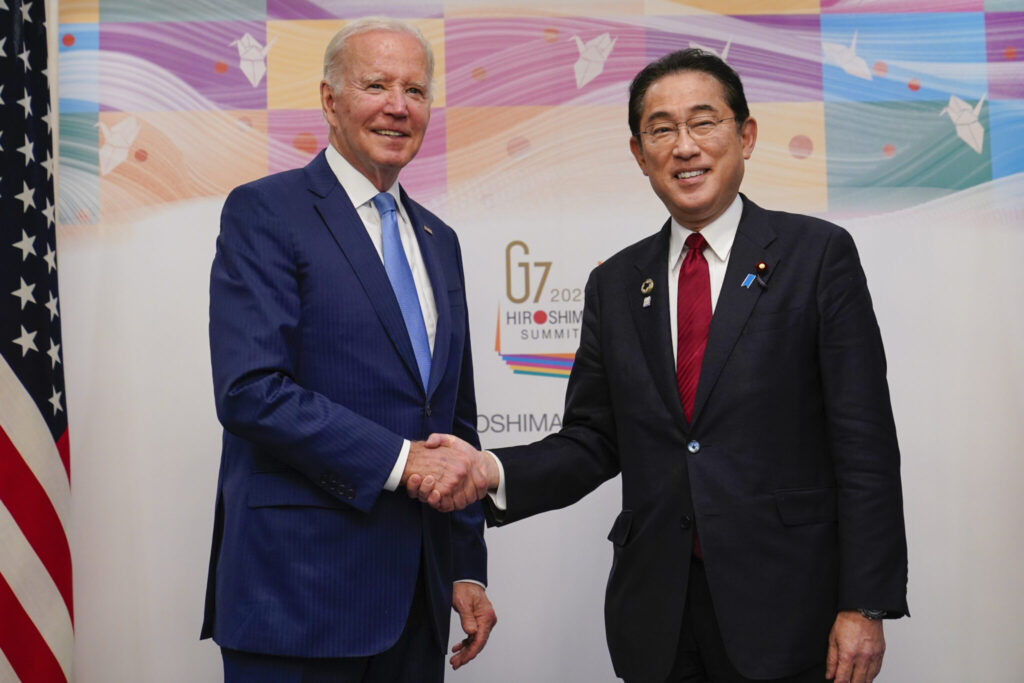
Japan’s possible participation in a U.S.-U.K.-Australia security partnership to develop and share advanced military capabilities, including artificial intelligence, electronic warfare and hypersonics, may also come up.
Kishida and Biden are also expected to confirm Japan’s participation in NASA’s Artemis moon program and its contribution of a moon rover developed by Toyota Motor Corp. and the inclusion of a Japanese astronaut. The rover, which comes at a roughly $2 billion cost, is the most expensive contribution to the mission by a non-U.S. partner to date, a U.S. official said.
WHAT’S JAPAN’S DEFENSE AIM?
Since adopting a more expansive national security strategy in 2022, Kishida’s government has taken bold steps to accelerate Japan’s military buildup. He hopes to show Tokyo is capable of elevating its security cooperation with the U.S. Kishida has pledged to double defense spending and boost deterrence against China, which Japan considers a top security threat.
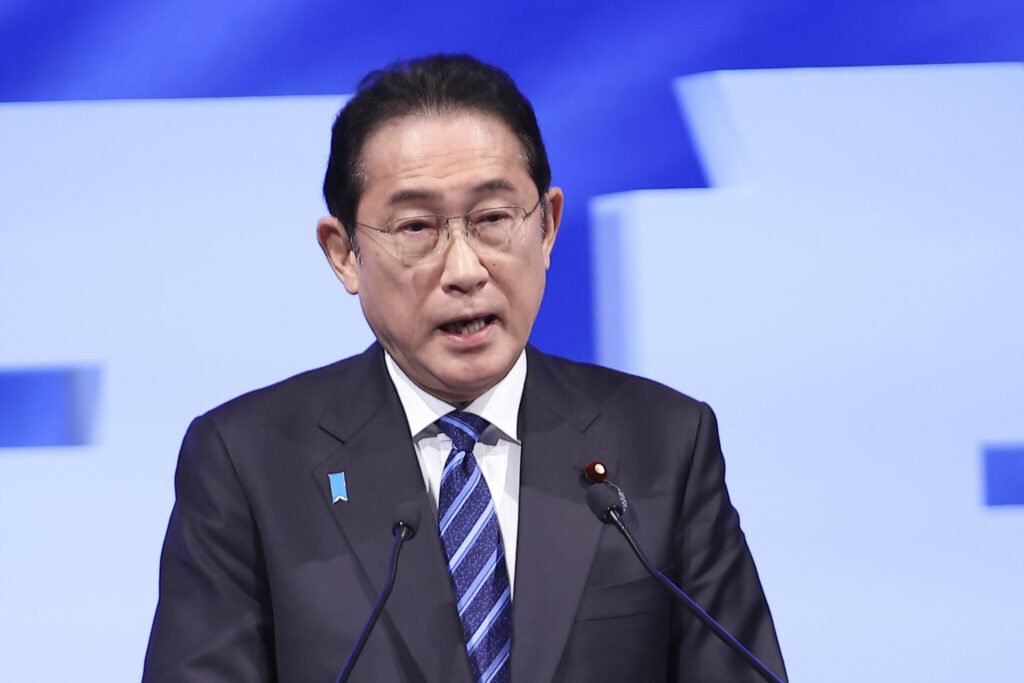
Japan, working to acquire what it calls a “counterstrike” capability, has purchased 400 U.S. Tomahawk long-range cruise missiles. After prohibiting almost all weapons transfers, it has relaxed export guidelines twice in recent months, allowing the sale of lethal weapons to countries from which they were licensed and the overseas sales of a fighter jet it’s co-developing with the U.K. and Italy. The changes have allowed Japan to ship Japanese-made PAC-3 missiles to the U.S. to help replace those contributed by Washington to Ukraine.
WHAT ABOUT THE SUMMIT WITH THE PHILIPPINES?
The first-ever trilateral summit between Biden, Kishida and Philippine President Ferdinand Marcos Jr. comes as the Philippines faces escalating maritime tension with China over their contested South China Sea claims.
Biden wants to show that the three maritime democracies are unified as they face aggressive Chinese action against the Philippine coast guard and its supply vessels off the disputed Second Thomas Shoal in the South China Sea, according to a senior Biden administration official.
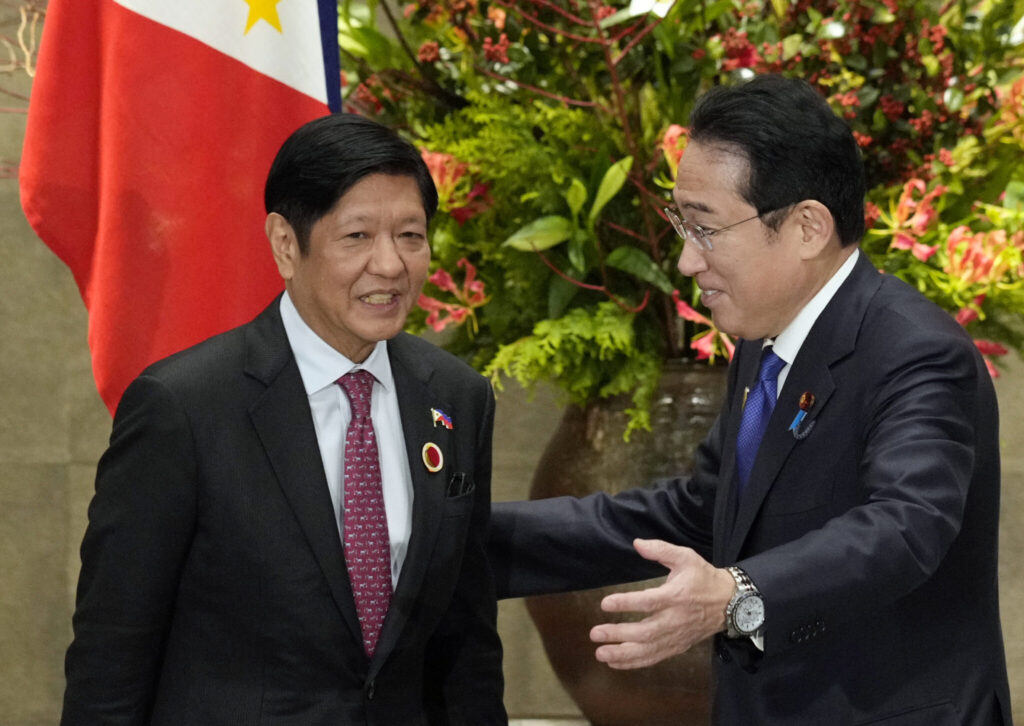
Japan has sold coastal radars to the Philippines and is now negotiating a defense agreement that would allow their troops to visit each other’s turf for joint military exercises.
The trilateral comes eight months after Biden hosted a meeting with leaders from Japan and South Korea at Camp David.
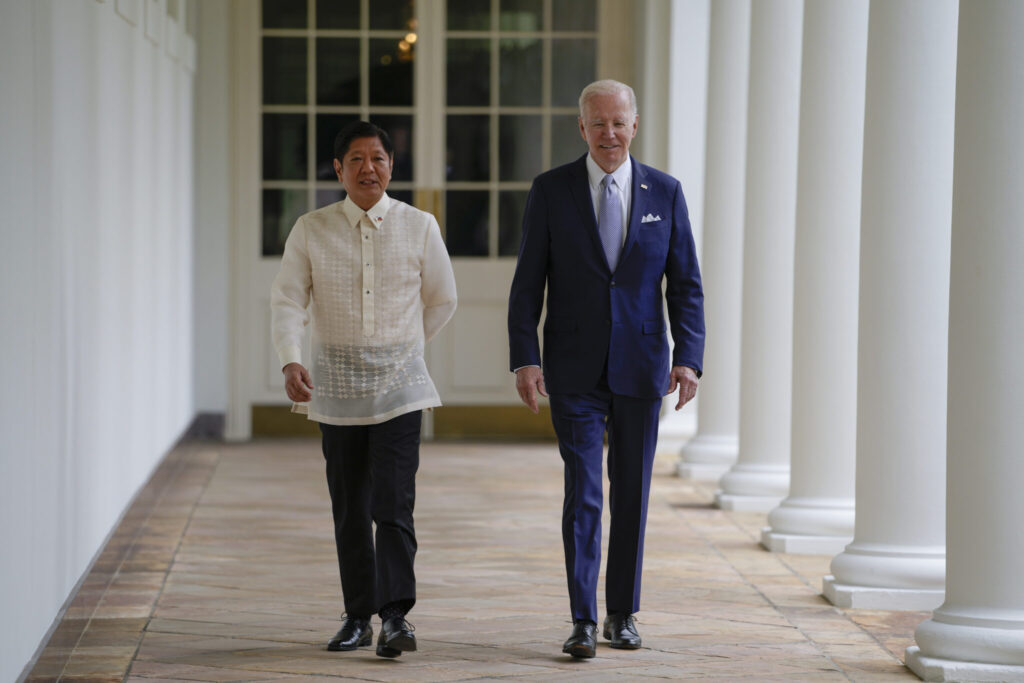
“Cooperation among our three countries are extremely important in maintaining peace and stability in the Indo-Pacific and in defending a free and open international order based on the rules of law,” Kishida said Monday before leaving for Washington.
WHAT HAPPENS IN NORTH CAROLINA?
Kishida also wants to highlight Japan’s economic contributions in the U.S. There is growing uncertainty in Tokyo about U.S. elections, reflected by questions about what happens if former President Donald Trump wins, though experts say there is a bipartisan consensus on a stronger U.S.-Japan alliance.
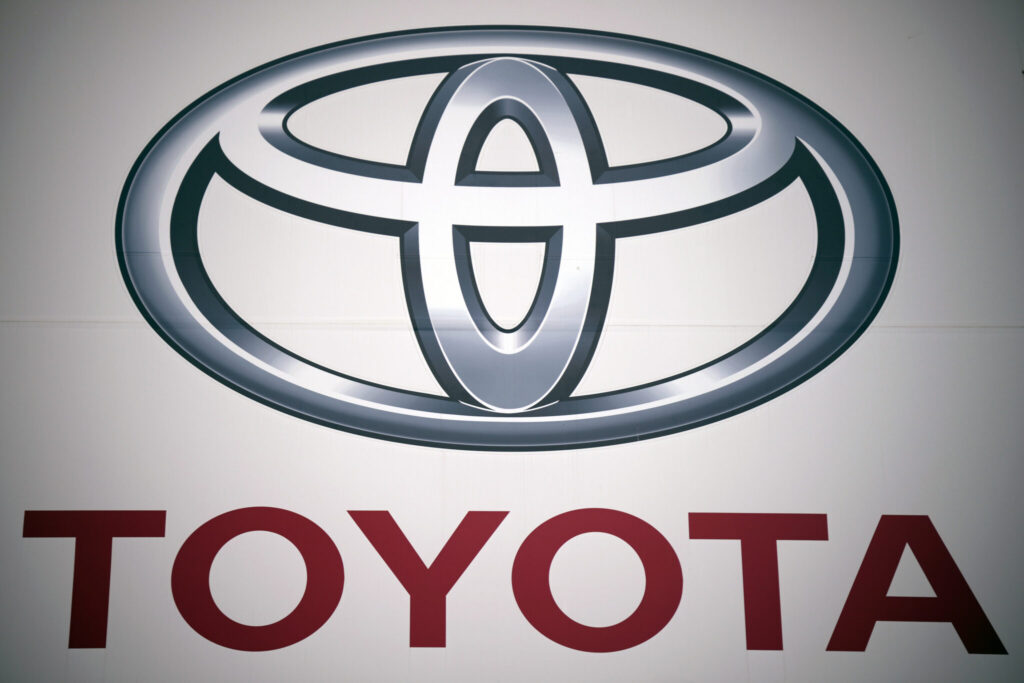
Kishida will meet with business leaders and visit Toyota’s electric vehicle battery factory under construction for a planned launch in 2025, and Honda’s business jet subsidiary in North Carolina. He will also meet students at North Carolina State University on Friday.
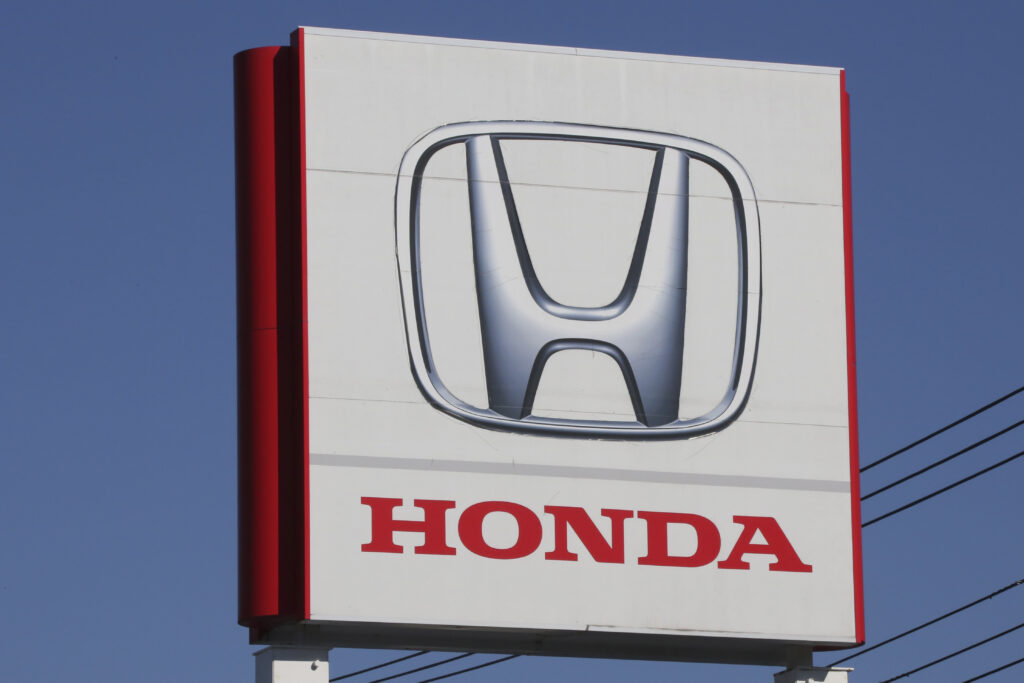
In his congressional speech on Thursday, Kishida said he plans to convey “what Japan and the United States want to hand down to future generations and what we need to do for them.”






